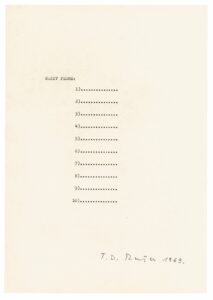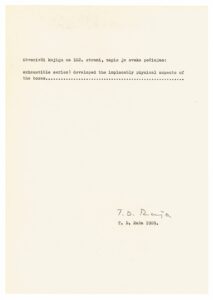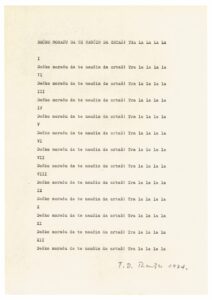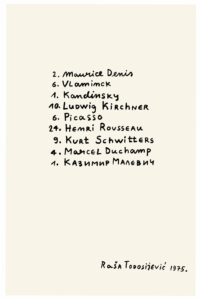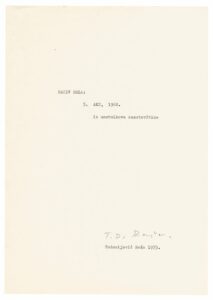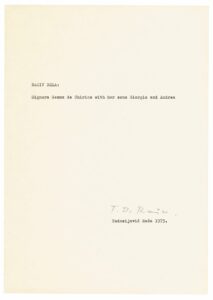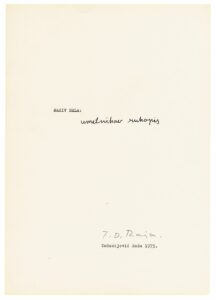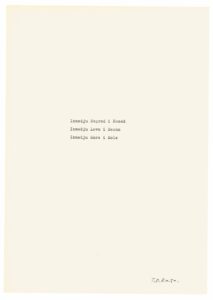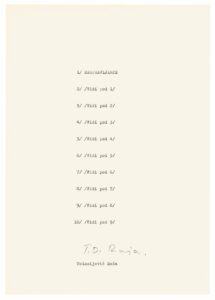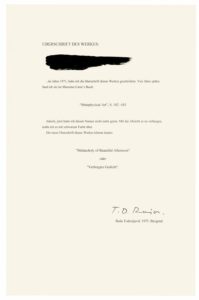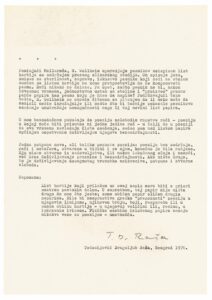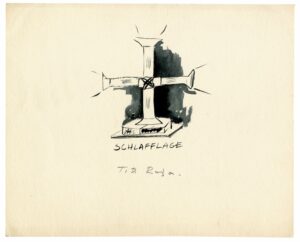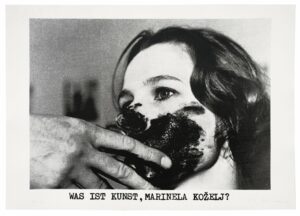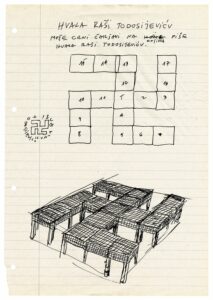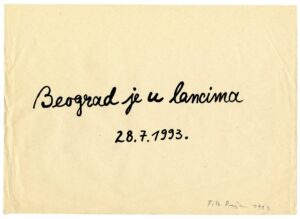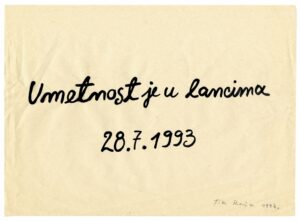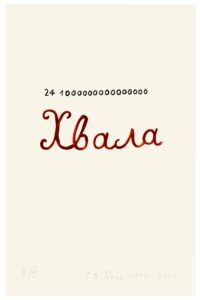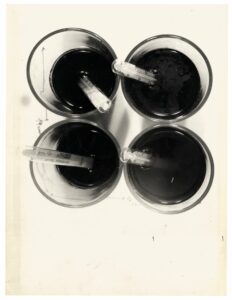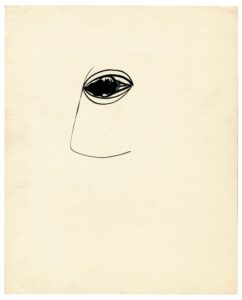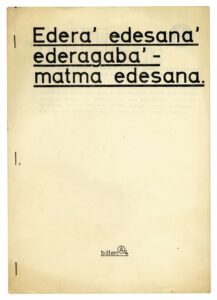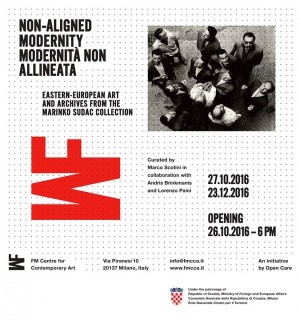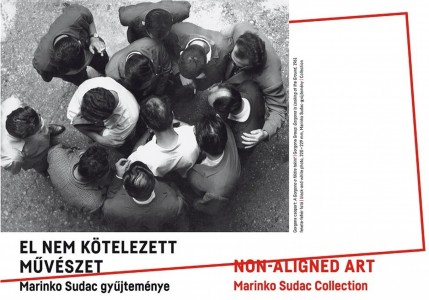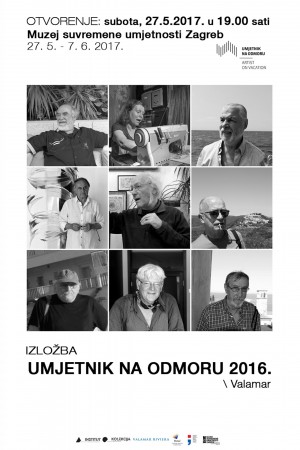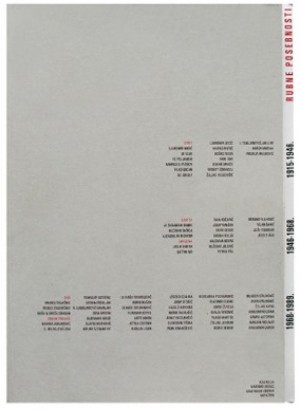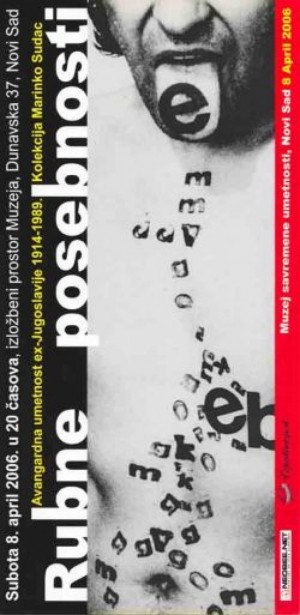RAŠA TODOSIJEVIĆ
1945. - 2024., Beograd
RADOVI
Biografija
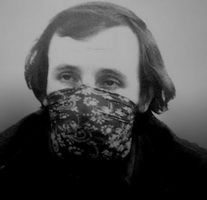
Ex Jugoslavija
1968-1989
(Dragoljub) Raša Todosijević bio je jedan od glavnih protagonista beogradske grupe konceptualnih umjetnika.
Početkom sedamdesetih godina, u vrijeme dominacije tradicionalnih medija i nekritičkog modernizma, ova grupa počinje koristiti nove medije, video, performanse, akcije itd., kako bi provocirala i propitivala strukturu i funkcioniranje aktualne umjetničke prakse i društva općenito. Mladi umjetnici (Marina Abramović, Era Milivojević, Neša Paripović, Zoran Popović, Gera Urkom) okupili su se u beogradskom Studentskom kulturnom centru, gdje je začet novi oblik umjetničkog izražavanja, kasnije definiran kao Nova umjetnička praksa. Diplomirao je na Akademiji likovnih umjetnosti u Beogradu 1964.
Was ist Kunst? (Što je umjetnost?) jedan je od performansa koje je najčešće izvodio. U njemu Todosijević kontinuirano i agresivno dobacuje naslovljeno pitanje drugoj osobi (obično ženi) koja mirno sjedi ispred njega. Performans povezuje totalitarno ponašanje i gradi odnos žrtve i mučitelja, ironizirajući aktualno filozofsko-teorijsko pitanje “Što je umjetnost?”. Predstava je u različitim varijacijama izvedena u razdoblju od 1976. do 1981. godine.
Todosijevićeve performanse obilježava provokativno i agresivno ponašanje, često koketirajući sa sadizmom. Primjeri su performansi: Vive la France – Vive la Tyranie (Živjela Francuska – Živjela tiranija, 1979.), Odluka kao umjetnost (1973.), Pijenje vode (1974.). U performansu Umetnost i memorija (1975.) umjetnik umotan u šal i izgleda kao terorist izvikuje imena svih umjetnika kojih se u tom trenutku može sjetiti.
U prvoj polovici sedamdesetih Todosijević stvara djela u kojima istražuje medij i postupak slikanja, primjerice, djela bez naziva nastala 1974. koja pripadaju tzv. elementarnom slikarstvu. Serija započeta 1976. godine, Nula dies sine linea (Ni dana bez crte), također pripada istim elementarnim slikarskim postupcima. Todosijević je demistificirao sam umjetnički čin, ironično ga povezujući s radnim činom i “vježbama ruke”. Tijekom sedamdesetih stvara niz kolaža u kojima propituje autoritet i autorstvo u svijetu umjetnosti. Brojnim galerijama, muzejima i pojedincima slao je i razglednice s fotografijom svoje biste na kojoj je ispisano DA, identificirajući umjetnika i umjetnički čin.
Todosijevićevi tekstovi Što su linije, Umetnost kao kritika društva, Umetnost i revolucija, Edinburška izjava , Sa ulice: pred uvod u istoriju, među najvažnijim su kritičkim spisima o umjetnosti u regiji. Edinburšku izjavu čini dug popis sudionika bilo kojeg događanja prisutnih na umjetničkoj sceni, uključujući čak i čuvare izložbi, te spikere koji čitaju vijesti na televiziji.
Devedesetih godina Todosijević je prisvojio reklamne metode, kao što su novine, plakati, radio itd. i započeo seriju pseudoreklama, reklamirajući: veliku fiktivnu Todosijevićevu likovnu akademiju, fiktivnu korporaciju Todosiyevitch-Malevich, proslavu 150. obljetnica izmišljene škole Dragoljub Raša Todosijević, itd. Todosijević se konvencionalnim medijskim jezikom služio očiglednim lažima, kako bi srušio načela oglašavanja.
Serija instalacija Schlafflage, nastala između 1978. i 1984. (doslovno znači “Zastava koja spava”), sadrži autonomne nerazumljive simbole, primjerice mrtvog šarana na gipsanoj površini, štapove zabodene u gips itd. U drugom ciklusu instalacija, crteža i skulptura, započetih 1989., Gott Liebt die Serben (Bog voli Srbe), Todosijević čini ironiju nacionalizma stavljajući u prvi plan njegov kič estetizam. Godine 1998. u Beogradu i Čačku, na stolu u obliku svastike, gostima je služio srpska nacionalna jela – grah, pogaču i pivo.
Projekti u kojima su izlagani radovi
umjetnički utjecaji
RAŠA TODOSIJEVIĆ utjecao je na:
Ex Jugoslavija
1968-1989
Ex Jugoslavija
1968-1989
Ex Jugoslavija
1968-1989
Ex Jugoslavija
1968-1989
Ex Jugoslavija
1968-1989
Ex Jugoslavija
1968-1989
Ex Jugoslavija
1968-1989
Ex Jugoslavija
1968-1989
Ex Jugoslavija
1968-1989
Na RAŠA TODOSIJEVIĆ utjecali su:
Ex Jugoslavija
1968-1989
Ex Jugoslavija
1968-1989
Ex Jugoslavija
1968-1989
Ex Jugoslavija
1968-1989
Ex Jugoslavija
1968-1989
Ex Jugoslavija
1968-1989
Ex Jugoslavija
1968-1989
Ex Jugoslavija
1968-1989
Ex Jugoslavija
1968-1989
Ex Jugoslavija
1968-1989
ESEJ O AUTORU
- ___________________________________________________________________________________________________
- 1 Novembar 1999 [SERBIAN]
- A Toast to the Host! [SERBIAN]
- Adam Beláné [SERBIAN]
- Aksiom [SERBIAN]
- AUTORSKI TEKSTOVI UMJETNIKA
- Bura [SERBIAN]
- Ćelava istina [SERBIAN]
- Čudo nad čudima [SERBIAN]
- Dva istorijska primera [SERBIAN]
- Eugèn de Savoie [SERBIAN]
- General sa tri ruke [SERBIAN]
- Georg Schöllhammer, "LIEBT GOTT DIE SERBEN? Raša Todosijevics radikale Interpretation des ästhetischen Aktes" [GERMAN]
- Grand amour [SERBIAN]
- Herostratov advokat [SERBIAN]
- Ilza [SERBIAN]
- Ješa Denegri, "Raša Todosijević's Art of Decision" [ENGLISH]
- Karika koja nedostaje [SERBIAN]
- Katarinine Suze [SERBIAN]
- Kod Turske Mačke [SERBIAN]
- Kušanje avrama [SERBIAN]
- Labud i Gavran [SERBIAN]
- Lanac svetog… [SERBIAN]
- Le Faiseur d' oreilles [SERBIAN]
- Lekcija VII [SERBIAN]
- Leteća pešadija [SERBIAN]
- Limena kuća [SERBIAN]
- Lirski kontrast [SERBIAN]
- Miš beli sreću deli [SERBIAN]
- Na grobu Marine Abramović [SERBIAN]
- Nina [SERBIAN]
- Novogodišnja kabalistička priča o kraju sveta [SERBIAN]
- Para na paru ide [SERBIAN]
- Početak i kraj [SERBIAN]
- Potraga za Srećom [SERBIAN]
- Predosećanje građanskog rata, april 1999. [SERBIAN]
- Priča za Zorana Solomuna [SERBIAN]
- Rezignacija IV [SERBIAN]
- Rezignacija V [SERBIAN]
- Rezignacija VI [SERBIAN]
- Rezignacija XII [SERBIAN]
- Rezignacija XXIV [SERBIAN]
- Rezignacija XXX [SERBIAN]
- Skretanje sa teme [SERBIAN]
- Slikar i umetnički kritičar [SERBIAN]
- Štokholmska Priča [SERBIAN]
- Strindberg [SERBIAN]
- TEKSTOVI O UMJETNIKU
- U zdravom telu zdrav duh [SERBIAN]
- Venecija [SERBIAN]
- Veronika Šmit [SERBIAN]
- Zec, Der Hase, The Rabbit [SERBIAN, GERMAN, ENGLISH]

